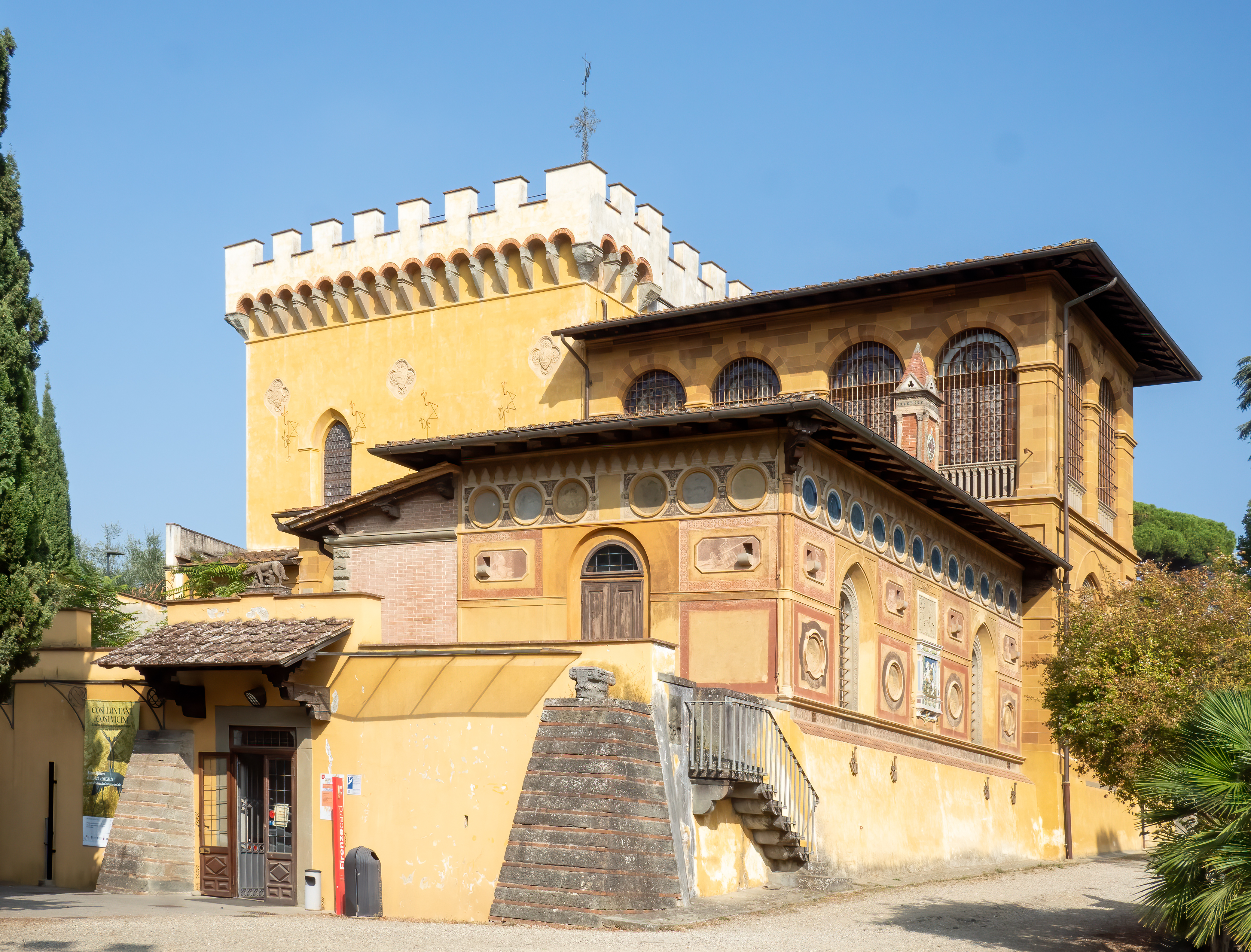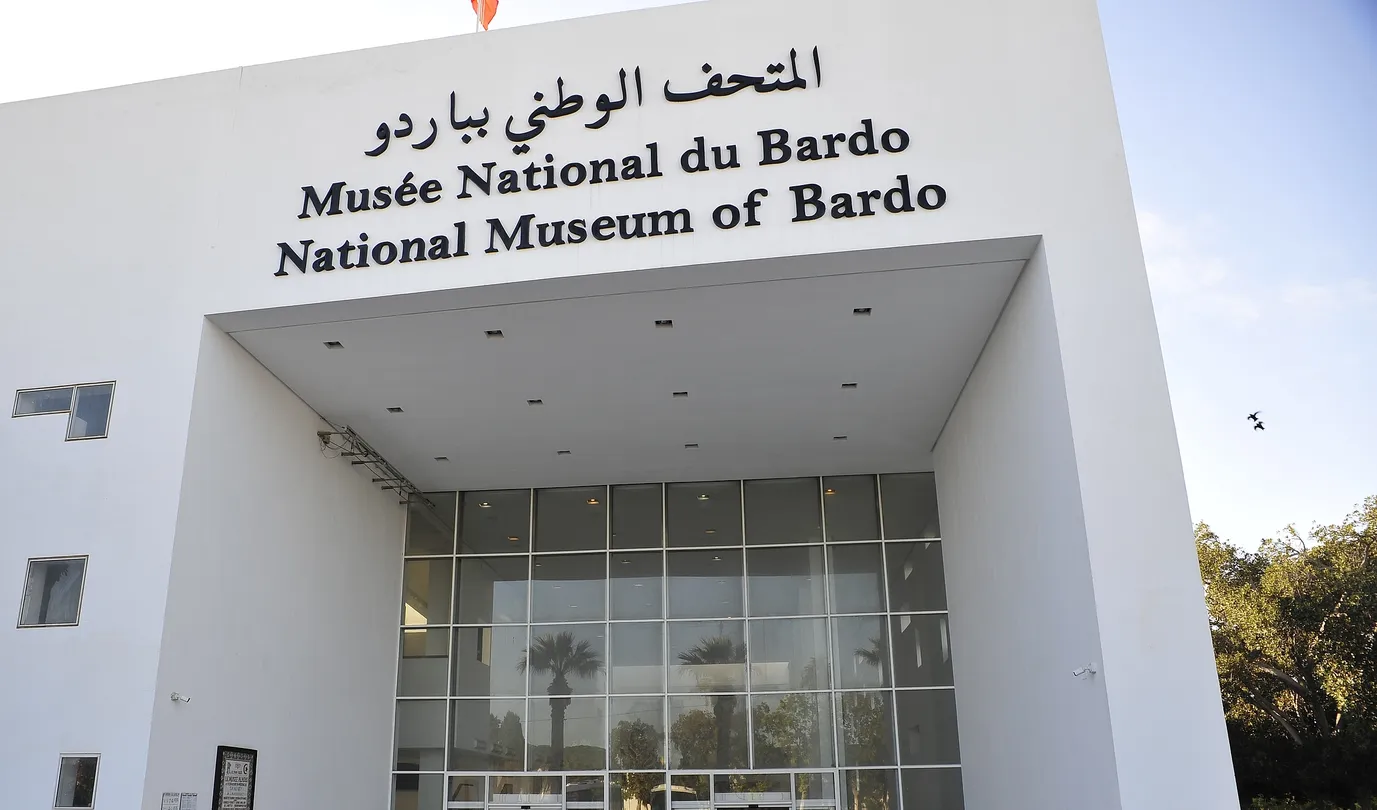Table of Contents
Introduction to Global Sword Culture
Swords have long captured the imagination of civilizations across the globe, not just as weapons of war but as intricate symbols of power, prestige, and artistry. From the katana of feudal Japan to the sabres of the Ottoman Empire, swords tell stories that stretch across centuries and continents. Today, sword museums and exhibits worldwide preserve this legacy, showcasing the craftsmanship, cultural importance, and military relevance of blades that once shaped history.
Whether you’re a martial arts enthusiast, a student of history, or captivated by the aesthetics of ancient weaponry, visiting the top sword museums and exhibits worldwide is an enlightening journey through time and tradition.
Why Sword Museums Matter
Sword museums are more than halls filled with ancient metal. They are gateways into human conflict, art, and identity evolution. These collections protect priceless artifacts that reveal how swords were not just tools of battle but extensions of philosophy, religion, and national pride.
Some museums focus on specific eras or regions, while others offer comprehensive collections from various cultures and timelines. These institutions contribute to academic research, cultural preservation, and public education.
Tokyo National Museum (Japan)

As one of Japan’s oldest and most esteemed institutions, the Tokyo National Museum holds an exceptional collection of samurai swords, many of which are designated National Treasures. Visitors can marvel at centuries-old katana and tachi, crafted by legendary swordsmiths like Masamune and Muramasa.
The museum’s sword exhibits explore not only the forging techniques but also the spiritual significance of the sword in Japanese culture. Paired with armor, scrolls, and other samurai paraphernalia, this display is a must-see for fans of Japanese martial tradition.
Musée de l’Armée (France)

Housed in the magnificent Hôtel des Invalides in Paris, the Musée de l’Armée offers one of Europe’s most comprehensive military collections. Its sword exhibits span from medieval knightly swords to the decorative sabres of Napoleon Bonaparte.
The ceremonial swords inlaid with gold, ivory, and gemstones are particularly stunning. The museum’s layout presents a chronological journey, giving visitors insight into how sword design evolved with changes in warfare and fashion.
Royal Armouries Museum (UK)

Located in Leeds, the Royal Armouries Museum is the United Kingdom’s premier arms and armor institution. Its extensive sword collection includes medieval longswords, Renaissance rapiers, and iconic British military swords.
Live demonstrations and reenactments bring the exhibits to life, especially the full-size jousting tournaments that showcase how these weapons were wielded in real combat. The museum’s educational approach is perfect for families and history buffs alike.
Metropolitan Museum of Art (USA)

New York City’s famed Met houses a globally acclaimed Arms and Armor section, where swords from Europe, Asia, the Middle East, and Africa reside under one roof. These aren’t just weapons; they’re works of art.
The diversity is staggering, from Persian scimitars to samurai katana and Viking broadswords. Each display includes historical context, explaining how and why certain swords were developed and used.
Higgins Armory Collection at Worcester Art Museum (USA)

Although the original Higgins Armory closed, its priceless collection lives on at the Worcester Art Museum in Massachusetts. The collection highlights European swords used in duels, war, and sport.
One highlight is the variety of fencing weapons, with training manuals and armor pieces. The crossguard, pommel, and blade evolution is meticulously documented, giving visitors a true sense of medieval martial artistry.
Topkapi Palace Museum (Turkey)

Nestled in Istanbul, the Topkapi Palace Museum is home to the dazzling weaponry of the Ottoman Empire. Among the most treasured pieces are the personal swords of sultans, some studded with emeralds and rubies.
These swords are lavish and symbolize political power and religious authority. The museum offers a deeply immersive experience into the grandeur of Ottoman military culture.
National Museum of China (Beijing)

This sprawling institution offers a rich look into Chinese history, including ancient bronze swords from the Shang and Zhou dynasties. The Jian and Dao—two distinct sword types—are heavily featured.
The museum also covers the role of swords in philosophy, martial arts, and literature, including famous warriors like Yue Fei. It’s a must-visit for anyone intrigued by China’s long martial heritage.
Museo Stibbert (Italy)

Located in Florence, this lesser-known gem houses an extraordinary private collection of European, Islamic, and Japanese weapons. The Renaissance-era swords are especially notable for their intricate engravings and jeweled hilts.
Museo Stibbert offers a more intimate viewing experience, allowing visitors to get close to finely preserved artifacts that would be roped off in larger institutions.
Seoul National Museum (South Korea)

South Korea’s martial traditions are prominently showcased in its national museum, featuring an impressive collection of swords from the Joseon Dynasty. The forging techniques and rituals linked to Korean sword-making are fascinating and intricately detailed.
The exhibit highlights various types of swords, ranging from battlefield blades to ceremonial pieces, providing insight into how Korean weaponry differs from Chinese and Japanese designs.
Deutsches Klingenmuseum (Germany)

Located in Solingen—Germany’s historic “City of Blades”—the Deutsches Klingenmuseum is a paradise for sword enthusiasts. The museum traces the history of bladed weapons from prehistoric times through the Middle Ages into modern fencing.
Highlights include knightly swords, fencing foils, and cutlasses, many of which were crafted in Solingen. Informative exhibits explain manufacturing techniques, swordsmith guilds, and the cultural importance of the sword in German history.
Armeria Reale (Italy)

In Turin, Armeria Reale (the Royal Armory) boasts a royal collection of parade and battle swords from the House of Savoy and beyond. Each blade is a masterpiece of Italian craftsmanship, many adorned with gold leaf, silk, and velvet scabbards.
The museum’s stately setting enhances the regal atmosphere, with life-sized equestrian displays and mirrored halls that reflect the glint of polished steel from every angle.
The Wallace Collection (London)

This exquisite London museum blends fine art and arms, featuring swords from 15th-century rapiers to 18th-century smallswords. What sets this collection apart is the balance between function and fashion—many of these weapons were made more for show than battle.
Beautifully maintained and elegantly presented, the Wallace Collection’s sword exhibit reveals the aesthetic evolution of bladed weaponry in court life and dueling culture.
Musée de Cluny (France)

Dedicated to the Middle Ages, Musée de Cluny in Paris holds a compelling array of swords used during the Crusades and the Gothic period. The swords are often displayed alongside armor and religious artifacts, offering a holistic view of medieval life.
Its intimate setting allows for quiet contemplation of each piece, ideal for those interested in chivalric history and ecclesiastical symbolism.
Samurai Museum (Tokyo)

This boutique museum near Shinjuku showcases authentic samurai swords, armor, and traditional Japanese martial arts culture. Unlike many large institutions, the Samurai Museum offers live sword demonstrations, katana-handling experiences, and guided tours with passionate historians.
The blades on display include both battle-worn relics and pristine ceremonial swords. A highlight is the clear explanation of bushido and the spiritual bond between a samurai and his sword.
British Museum (UK)
While better known for ancient artifacts, the British Museum houses a unique collection of historical swords, including Anglo-Saxon seaxes, Viking swords, and early Celtic blades.
Accompanied by archaeological context, these weapons reveal the gritty reality of early European combat and craftsmanship. Educational panels guide you through sword usage in burial rituals, tribal warfare, and migration-era defense.
The Kremlin Armoury (Russia)

The Kremlin Armoury Museum in Moscow is an opulent celebration of Russian military and imperial history. It features coronation swords, royal sabres, and executioner’s blades used in Russia’s darker chapters.
Of particular note is the sword of Tsar Ivan the Terrible, a chillingly well-preserved example of Russian metallurgy and symbolism. This museum feels as much like a palace as a gallery, emphasizing the majesty and fear wielded through the sword.
The National Museum of Anthropology (Mexico)

This culturally rich museum in Mexico City includes a surprising yet fascinating collection of Aztec macuahuitl—wooden “swords” embedded with obsidian shards. These weapons blur the line between blade and club but were devastating in hand-to-hand combat.
Interpretive signage and models depict how indigenous warriors trained, fought, and conducted ceremonial battles, providing an alternative view to conventional metal sword exhibitions.
Klingenthal Blade Museum (France)
Located in Alsace, the Klingenthal Blade Museum celebrates the historic French blade-making town. Exhibits focus on sword production, fencing schools, and ceremonial craftsmanship during the Enlightenment.
Live blacksmithing demonstrations and behind-the-scenes looks at blade hardening and sharpening techniques add to the museum’s hands-on appeal.
Museum of Islamic Art (Qatar)

This architectural marvel in Doha houses an extensive collection of Islamic weaponry, including finely curved shamshirs and scimitars. These swords, often adorned with calligraphy, mother-of-pearl, and precious metals, showcase the beauty of Islamic artistry.
The museum offers historical insight into how swords served as religious symbols and practical battlefield tools in the Islamic world.
The Polish Army Museum (Poland)

Located in Warsaw, this museum is famed for displaying Polish sabres used by the legendary Winged Hussars. These elegant and deadly swords reflect a unique cavalry culture known for its daring battlefield charges and symbolic feathered armor.
The museum’s collection spans multiple wars, and the sword exhibit stands out for its emotional resonance and national pride.
The Veste Coburg (Germany)

Perched on a hilltop castle, Veste Coburg’s armory contains rare swords used in Renaissance duels and ceremonial parades. Highlights include flamboyant flamberge blades and basket-hilted rapiers.
As part of a castle museum, the setting enriches the visitor experience with panoramic views and historical reenactments.
Imperial War Museum (UK)

With branches across the UK, the Imperial War Museum features swords used in World War I and II, including British officer sabres and German bayonets. These modern-era blades emphasize the changing nature of sword use, from essential tools to symbols of rank and tradition.
The museum also explores the psychological and cultural impact of carrying a sword into modern warfare.
Military Museum of Finland

This Helsinki-based museum explores Finland’s military evolution, featuring swords used during conflicts like the Winter War. The collection includes Nordic broadswords and ceremonial blades.
Notably, it features native Finnish sword designs rarely seen outside Scandinavia, offering a fresh perspective on European martial history.
Shanghai Museum (China)

Renowned for its ancient Chinese art, the Shanghai Museum hosts a fascinating collection of early bronze swords from the Shang and Zhou dynasties. These include rare specimens with intricate inlays and ritualistic designs.
Interpretive displays shed light on how these swords were not only tools of war but also ceremonial objects used by nobles and military leaders.
National Museum of Korea

Situated in Seoul, this museum showcases Korean swords from the Three Kingdoms and the Goryeo period. Highlights include double-edged blades, sabres used by Korean generals, and examples of traditional Korean blacksmithing.
Visitors understand how Korea’s swords developed independently, yet were influenced by surrounding powers.
National Museum of American History (USA)

Part of the Smithsonian Institution, this Washington, D.C. museum holds swords from key moments in U.S. history. From George Washington’s battle saber to Civil War officer swords, these artifacts humanize the nation’s military leaders.
Each piece is displayed with biographical context, connecting the weapon to the life and legacy of its wielder.
The Art Institute of Chicago

Though primarily an art museum, the Arms and Armor collection at the Art Institute includes several swords that blur the line between function and artistry. Renaissance rapiers with etched designs and swords from Asia with decorative sheaths illustrate how weapons often symbolize wealth and taste.
Their inclusion in a delicate art setting underscores the craftsmanship and design that went into each blade.
The Bardo Museum (Tunisia)

Home to North African antiquities, the Bardo Museum’s collection of swords reflects Tunisia’s diverse cultural heritage—from Carthaginian relics to Arab-Islamic sabres. Obsidian blades and engraved hilts reveal how the region blended influences from Europe, Africa, and the Middle East.
It’s a compelling visit for those interested in Mediterranean martial traditions.
Virtual Sword Exhibits & Online Collections
Not everyone can travel the world, but technology makes global sword history accessible through online museum platforms. Institutions like the Met, British Museum, and Tokyo National Museum offer digital exhibitions featuring high-resolution photos, 3D models, and virtual tours of their sword collections.
These resources are perfect for students, researchers, and armchair warriors eager to explore sword history from home.
Top Sword Museums & Exhibits Around the World
Exploring the top sword museums & exhibits worldwide is like opening a time capsule filled with stories of honor, craftsmanship, and conflict. Each exhibit, whether nestled in a castle or curated in a cutting-edge urban museum, mirrors the values and artistry of its time.
From the ceremonial swords of emperors to the battle-scarred sabres of revolutionaries, these weapons carry tales worth preserving. They are more than relics—teachers, storytellers, and guardians of human legacy.
Conclusion
Sword museums worldwide open the door to centuries of human achievement, conflict, and craftsmanship. These magnificent blades tell stories far sharper than steel—of empires risen and fallen, warriors’ honor and pride, and the ingenuity that forged both weapons and legends.
Whether you admire their deadly utility or artistic beauty, visiting these top sword museums & exhibits worldwide will deepen your appreciation for humanity’s complex relationship with one of history’s most iconic tools.
Frequently Asked Questions
Where can I see authentic samurai swords?
Japan offers the best experience for viewing samurai swords. The Tokyo National Museum and the Samurai Museum in Shinjuku house extensive collections of authentic katanas, often crafted by master swordsmiths.
Which museum has the most extensive sword collection?
The Royal Armouries Museum in the UK and the Metropolitan Museum of Art in the USA are renowned for their vast and diverse sword collections, spanning multiple cultures and historical periods.
Are there online sword museum exhibits I can explore?
Many top museums such as the British Museum, the Met, and the Louvre offer virtual tours and online access to their arms and armor collections, including detailed images of swords.
What is the oldest sword on display in a museum?
Some of the oldest swords can be seen in the National Museum of China and the Shanghai Museum, including bronze blades dating back to the Shang Dynasty (c. 1600 BCE).
Do sword museums offer interactive experiences?
Several museums like the Samurai Museum in Tokyo and the Klingenthal Blade Museum in France offer live demos, guided tours, and sometimes even hands-on experiences.
Why are ceremonial swords often heavily decorated?
Ceremonial swords symbolize authority and status. Their intricate designs—often using gold, gems, and fine metals—reflect the wealth, culture, and purpose they served during ceremonies or parades.


